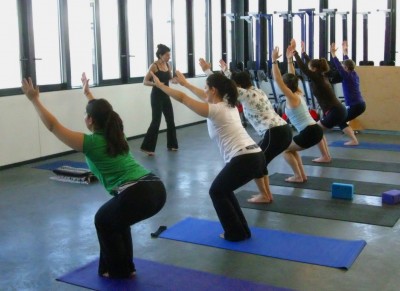I’ve been blogging about the chapter contents of my book, “Stretched, Build Your Yoga Business, Grow Your Teaching Techniques,” as a way to give you a window into the content before the book is released. I’m self-publishing it through Amazon and it should be ready in a few weeks (maybe sooner!).
Chapter 3 is called “Getting Started with Teaching Once You’ve Completed Your 200 Hour Program,” and is meant as a checklist so you can be prepared before you begin. As you go through training, you’re absorbing so much information, it’s easy to reach the end  and then realize you have no idea how to apply it all. The later chapters in my book address the teaching side of things, but these first chapters address the business aspects of being a yoga teacher. In this chapter, I do address a little bit of both but I give you a number of practical things you should do before you start. The most important one has to do with getting your teaching insurance. I give tips for how to get this as well as resources. The second issue has to do with being sure the information about you and your class is described properly on the studio’s website where class will be held. There are a number of other items as well.
On the teaching side, I address a number of items having to do with what you’ll offer. I feel it’s important for new teachers to have a “go to” sequence they’ll use. I know, you think it’ll be boring and your students will hate it if you do the same thing class after class. Well, it will be more frustrating to everyone, yourself included, if you’re spending hours before each class preparing a new sequence and then are so concerned about getting it right you’re not present while you’re teaching. I address this in the chapter as well as some things you may want to avoid at the start (music, readings, themes for class). Once you read it, you’ll develop your own approach but I hope this will give you practical things to consider as you begin to apply all that you’ve learned in training.
Teaching for the first few years is a huge experiment in showing yourself, applying what you’ve learned, responding to feedback  (said and assumed) and pushing yourself to stay true to you, regardless of what’s happening around you. This can be one of the most challenging aspects of teaching, as it’s easy to try to do what’s popular even though you might know it’s not really authentic to you. These lessons need to be learned by doing, trying and seeing what works for you but it takes extreme honesty to be able to come to right decision for yourself.
Next Up: Chapter 5, Building the Infrastructure of Your Yoga-PreneurshipÂ

